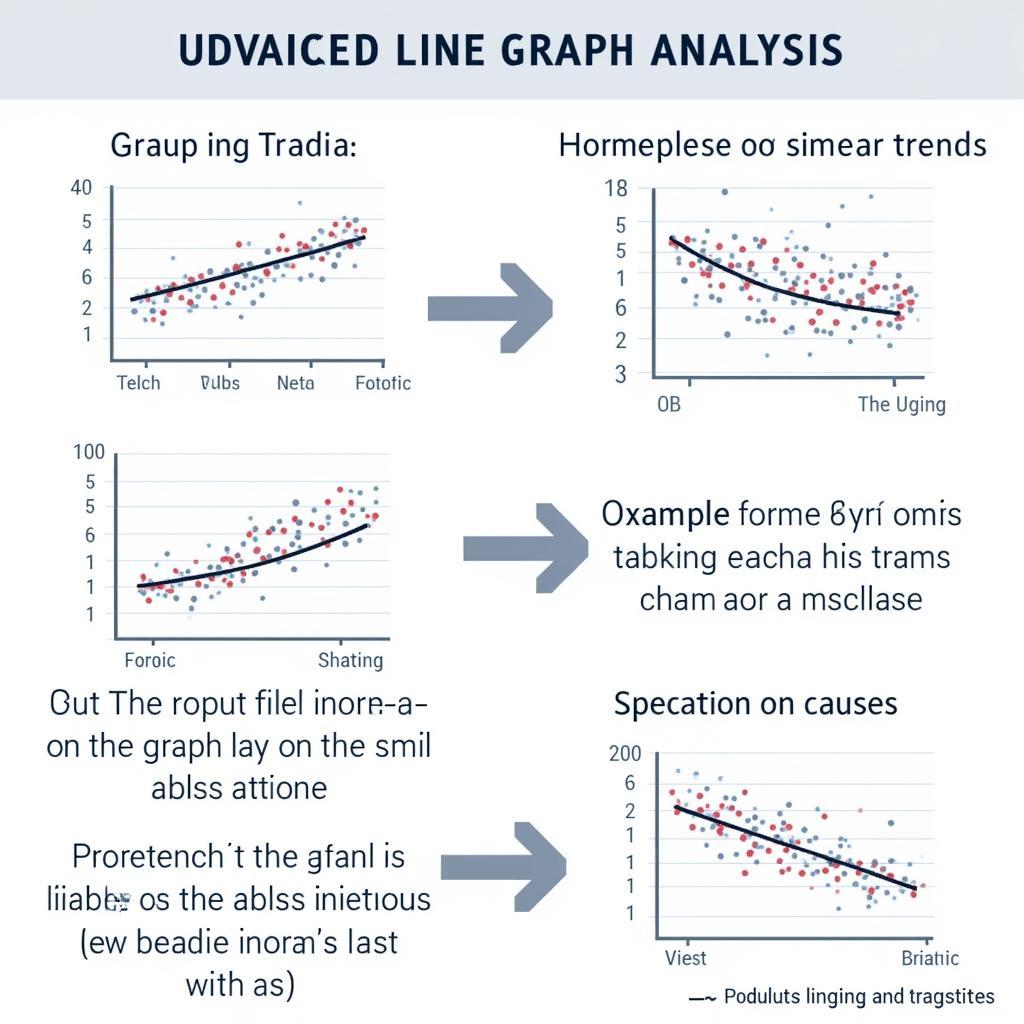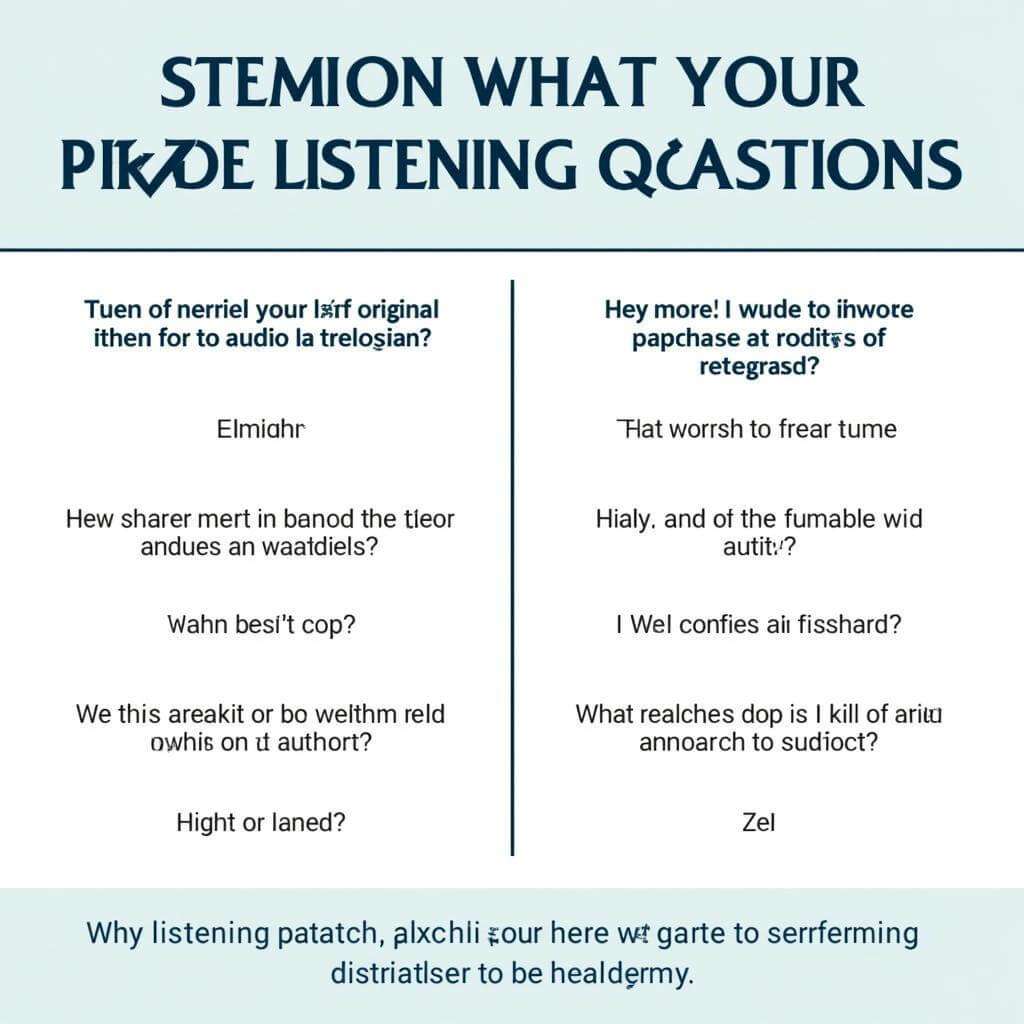Line graphs are a common feature in IELTS Writing Task 1, and mastering their analysis is crucial for achieving a high score. This comprehensive guide will equip you with expert strategies to effectively interpret and describe line graphs, helping you excel in this important aspect of the IELTS exam.
Table Of Contents
- Understanding the Basics of Line Graphs
- Key Steps to Analyze Line Graphs
- 1. Identify the Main Features
- 2. Select the Most Important Information
- 3. Organize Your Description
- 4. Use Appropriate Language
- 5. Quantify and Compare
- 6. Identify and Describe Patterns
- Advanced Techniques for Line Graph Analysis
- 1. Group Similar Trends
- 2. Highlight Correlations
- 3. Speculate on Causes (if appropriate)
- 4. Use Range and Proportion
- Common Pitfalls to Avoid
- Practice Makes Perfect
- Conclusion
- FAQ
Understanding the Basics of Line Graphs
Before diving into analysis techniques, it’s essential to grasp the fundamental components of a line graph:
- X-axis: Typically represents time periods or categories
- Y-axis: Shows numerical values or percentages
- Lines: Represent trends or changes over time
- Legend: Identifies different lines if multiple data sets are present
Understanding these elements is the first step in improving understanding of academic viewpoints required for IELTS Task 1.
Key Steps to Analyze Line Graphs
Follow these steps to effectively analyze line graphs in your IELTS Writing Task 1 response:
1. Identify the Main Features
Start by examining the overall trends and patterns in the graph. Look for:
- General upward or downward trends
- Significant peaks or troughs
- Periods of stability or rapid change
- Crossover points between different lines
2. Select the Most Important Information
Not all data points are equally significant. Focus on:
- The highest and lowest values
- Major turning points or changes in direction
- Unusual or unexpected patterns
- Start and end points of the graph
3. Organize Your Description
Structure your response logically, moving from general observations to specific details. This approach aligns with strategies for writing task 2 body paragraphs, which can be adapted for Task 1.
4. Use Appropriate Language
Employ a variety of vocabulary and grammatical structures to describe trends:
- Trend verbs: increase, decrease, fluctuate, remain stable
- Adverbs of degree: sharply, gradually, slightly, dramatically
- Comparative and superlative forms: higher than, the highest, more rapidly
 Expert analyzing IELTS line graph
Expert analyzing IELTS line graph
5. Quantify and Compare
Provide specific figures and make comparisons where relevant:
- “Sales increased from 100 units in January to 150 units in March.”
- “Company A’s profits were consistently higher than Company B’s throughout the period.”
6. Identify and Describe Patterns
Look for recurring patterns or cycles in the data:
- Seasonal fluctuations
- Periodic spikes or dips
- Long-term trends versus short-term variations
Advanced Techniques for Line Graph Analysis
To elevate your IELTS Writing Task 1 response, consider these advanced strategies:
1. Group Similar Trends
If analyzing multiple lines, group those with similar patterns:
“While Products A and B showed steady growth, Products C and D experienced fluctuating sales throughout the period.”
2. Highlight Correlations
Identify relationships between different lines or data sets:
“As temperature increased, ice cream sales rose correspondingly.”
3. Speculate on Causes (if appropriate)
Cautiously suggest reasons for trends, but avoid excessive speculation:
“The sharp decline in car sales in 2008 may be attributed to the global financial crisis.”
 Advanced line graph analysis techniques
Advanced line graph analysis techniques
4. Use Range and Proportion
Describe data in terms of ranges and proportions for a more sophisticated analysis:
“The population fluctuated within a range of 2-3 million over the 50-year period.”
“By 2020, renewable energy sources accounted for approximately one-third of total energy production.”
Common Pitfalls to Avoid
When analyzing line graphs for IELTS Writing Task 1, be aware of these common mistakes:
- Describing every data point: Focus on key features instead.
- Neglecting the overview: Always provide a general summary of the main trends.
- Using personal opinions: Stick to objective descriptions of the data presented.
- Misreading scales: Pay close attention to units and scales on both axes.
- Overusing basic vocabulary: Incorporate a range of appropriate terms and structures.
By avoiding these pitfalls, you’ll be better equipped to improve essay structure in task 2, which can also benefit your Task 1 responses.
Practice Makes Perfect
To excel in line graph analysis, regular practice is essential. Try these exercises:
- Analyze graphs from various sources (newspapers, academic journals, reports).
- Time yourself to simulate exam conditions.
- Compare your responses with model answers or seek feedback from a tutor.
- Create your own line graphs and practice describing them.
“Consistent practice in analyzing diverse line graphs is the key to mastering IELTS Writing Task 1. It’s not just about understanding the data, but also about communicating it effectively within the time constraints of the exam,” says Dr. Emily Chen, IELTS Writing Expert with 15 years of experience.
Conclusion
Mastering the analysis of line graphs is a crucial skill for success in IELTS Writing Task 1. By following these expert strategies and practicing regularly, you’ll be well-prepared to tackle any line graph that appears in your exam. Remember to focus on key features, use appropriate language, and structure your response logically. With these techniques, you’ll be able to confidently approach how to analyze line graphs for IELTS Writing Task 1 and improve your overall performance in the IELTS exam.
To further enhance your IELTS preparation, consider exploring strategies for task 2 argumentative essays and how to write a balanced argument for IELTS task 2, as these skills can complement your Task 1 abilities and boost your overall writing performance.
FAQ
-
How long should I spend analyzing the line graph before writing?
Allocate about 2-3 minutes to analyze the graph before you start writing. This allows you to identify key features and plan your response effectively. -
Should I describe every point on the line graph?
No, focus on the most significant trends, changes, and data points. Attempting to describe every detail can lead to time management issues and a less coherent response. -
Can I use personal opinions when analyzing line graphs in IELTS Writing Task 1?
It’s best to avoid personal opinions. Stick to objective descriptions of the data presented in the graph. Your task is to report, not interpret or explain reasons behind the trends. -
How can I improve my vocabulary for describing line graphs?
Study and practice using a variety of trend verbs, adverbs of degree, and comparative language. Read model answers and create vocabulary lists specific to graph description. -
Is it necessary to provide exact figures from the line graph?
While exact figures can add precision to your description, it’s often sufficient to use approximate values or ranges. The key is to accurately represent the overall trends and significant changes. -
How detailed should my overview be when describing a line graph?
Your overview should provide a concise summary of the main trends or features of the graph. Aim for 1-2 sentences that capture the essence of what the graph is showing. -
What should I do if I don’t understand some aspects of the line graph?
Focus on the parts you do understand and describe them accurately. If you’re unsure about specific details, it’s better to omit them than to make incorrect statements.


